There is something almost romantic about a monarchy— the tradition, the history, the power. The embodiment of this— the prestige, the authority, and the hierarchy— comes wrapped in a coveted title.
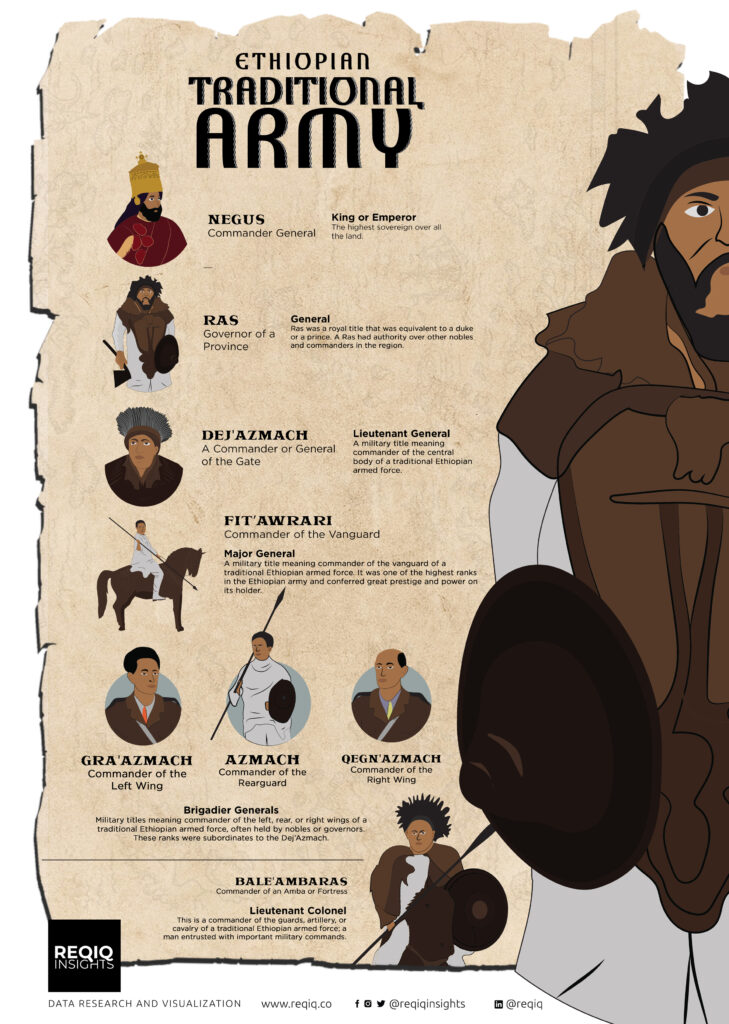
The Ethiopian military has a long and proud history, dating back to ancient times. Over the centuries, the military ranks have evolved and changed, reflecting the changing needs and priorities of the country.
During the Zemene Mesafint era, power was decentralized among regional rulers, and there were two types of nobility: Mesafint and Mekwanent. The former held hereditary titles, while the latter were appointed by the monarch. The Mekwanent were of humble backgrounds and made up the majority of the aristocracy, while the Mesafint had more influence and power in their respective regions. The military ranks of the Ethiopian Army originally came from the traditional organization of their forces. An army in the field or camp was composed of a vanguard (Fit’Awrari), a main body (Dej’Azmach), left and right wings (Gra’Azmach and Qegn’Azmach, respectively), and a rearguard (Azmach).
The traditional organization of Ethiopian forces was based on a feudal system, with the forces composed of ordinary citizens mobilized by their rulers in times of need. The military ranks in ancient Ethiopia determined livelihood factors like land ownership, with the ranking of a soldier playing a significant role in their social status.
Despite their differences, both Mesafint and Mekwanent were subject to a complex set of rules of precedence, based on factors such as age, offices held, and when they obtained their titles. These rules also applied to the military ranks, with Mesafint outranking Mekwanent, even if they held the same rank.
The attempt to centralize power was first attempted by Kassa Hailu, later known as Emperor Tewodros II. Even though he put an end to Zemene Mesafint, these aristocratic titles were still very much in use until Emperor Haile Selassie, as part of his program of modernizing reforms and his mission to centralize his power away from the Mesafints and into the hands of the favored Mekwanents— for whom he designated the old military ranks as honorary ranks.
In those days and ever since, the country has modernized its military and updated its ranks. Traditional titles like Balambaras and Grazmach have been replaced by Shaleka, Shambel, Meto Aleqa, Hamsa Aleqa, and Asir Aleqa, among others.
Despite the changes in rank and organization, the Ethiopian military has always been characterized by heroism, dedication, and genuine pride. As Richard Pankhurst wrote in his book, An Introduction to the History of the Ethiopian Army, “Technical skill and professional competence alone cannot win a war or achieve a worthwhile purpose. It takes genuine pride and strong faith to overcome insurmountable difficulties and achieve victory.”
Please note that the list of ranks provided here is not meant to be exhaustive, and there may be historical military, imperial, and regional ranks that are not included. This list is intended to provide a general overview of common ranks in the traditional Ethiopian military and organizational structures.

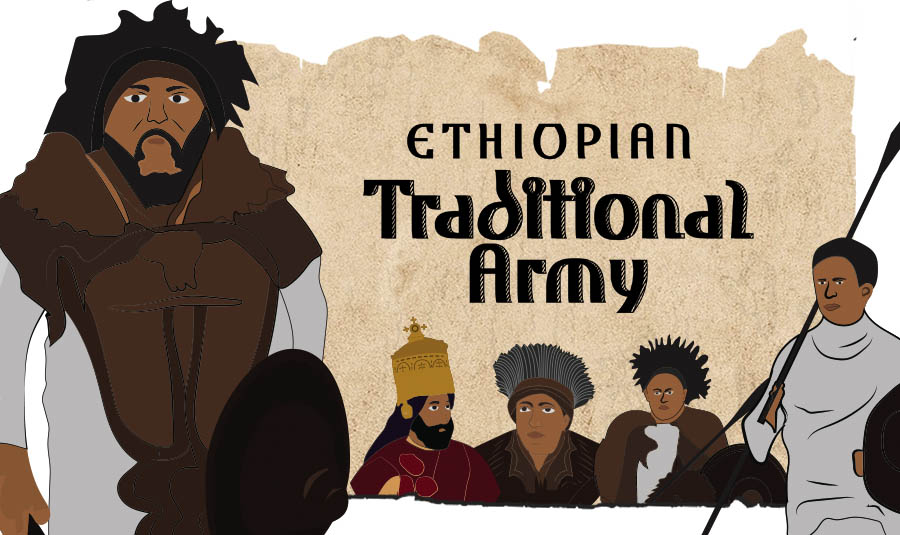

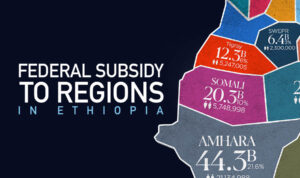
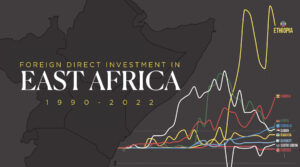

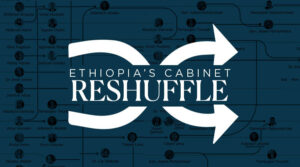

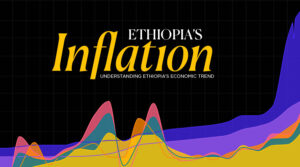


One Response
It is an amazing post I had a question what it meant to be dej attached you answered my question of lifetime keep it coming on Traditional posts. Wow amazing 👏